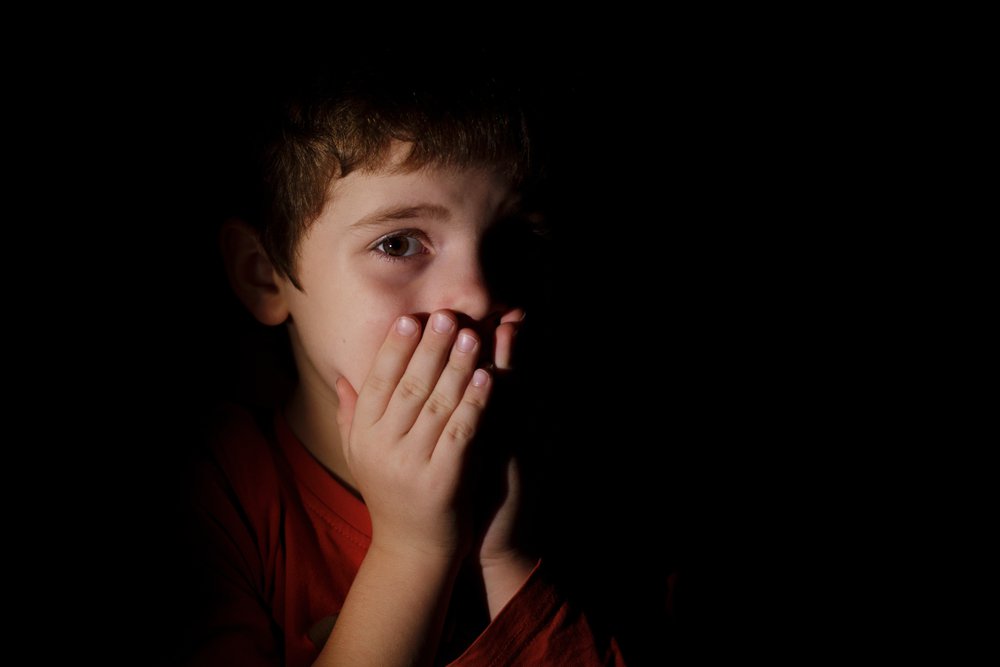Now Reading: Childhood Fears That Stay: Understanding Long-Lasting Anxiety
-
01
Childhood Fears That Stay: Understanding Long-Lasting Anxiety
Childhood Fears That Stay: Understanding Long-Lasting Anxiety

Fears formed in childhood can often linger into adulthood, influencing behavior, decisions, and emotional responses. Experiences, stories, or even casual warnings from family members can embed deep-seated anxieties. In India’s Tier-2 cities, where traditional upbringing and close-knit communities shape early experiences, some fears persist longer, affecting confidence, social interactions, and the willingness to try new things. Understanding these patterns can help break the cycle of lasting anxiety.
Common Childhood Fears
Children often fear darkness, strangers, separation from parents, or animals. These fears serve a protective purpose, alerting them to potential dangers. However, when reinforced repeatedly—through stories, warnings, or cultural practices—they can evolve into lasting anxieties that carry into adult life, shaping how individuals perceive risk and safety.
How Childhood Experiences Shape Adults
The way parents and communities respond to fears plays a key role. Overprotectiveness, constant caution, or emphasizing danger can strengthen fear, while gentle reassurance and gradual exposure can reduce it. In smaller Indian towns, where families and neighbors closely observe children, social reinforcement of fear can make some anxieties more persistent.
Psychological and Emotional Impacts
Long-lasting childhood fears may manifest as phobias, social hesitation, or overcautious behavior. Adults may avoid certain situations, feel anxious in unfamiliar environments, or struggle with decision-making. For instance, fear of public speaking, travel, or even pets often traces back to early childhood experiences. Recognizing the origin helps in addressing these challenges.
Addressing Lingering Fears
Awareness and gradual exposure are key to overcoming long-standing fears. Supportive conversations, therapeutic techniques, and encouraging small steps can help individuals retrain their responses. Communities and families in Tier-2 cities can play an important role by fostering safe environments for children to confront and manage fears without judgment.
Conclusion
Childhood fears that stay are a natural outcome of early experiences, culture, and upbringing. While they can influence adult behavior, understanding and addressing them allows individuals to regain confidence and resilience. In India’s Tier-2 cities, breaking the cycle of fear begins with awareness, patience, and practical steps to help both children and adults confront anxieties constructively.

























